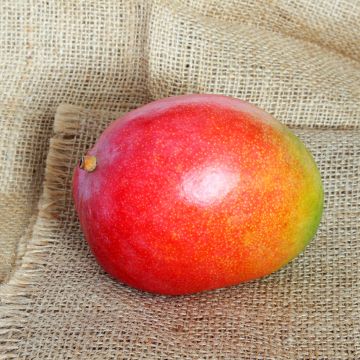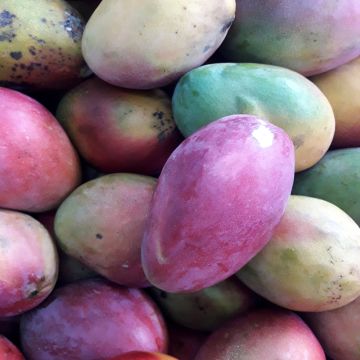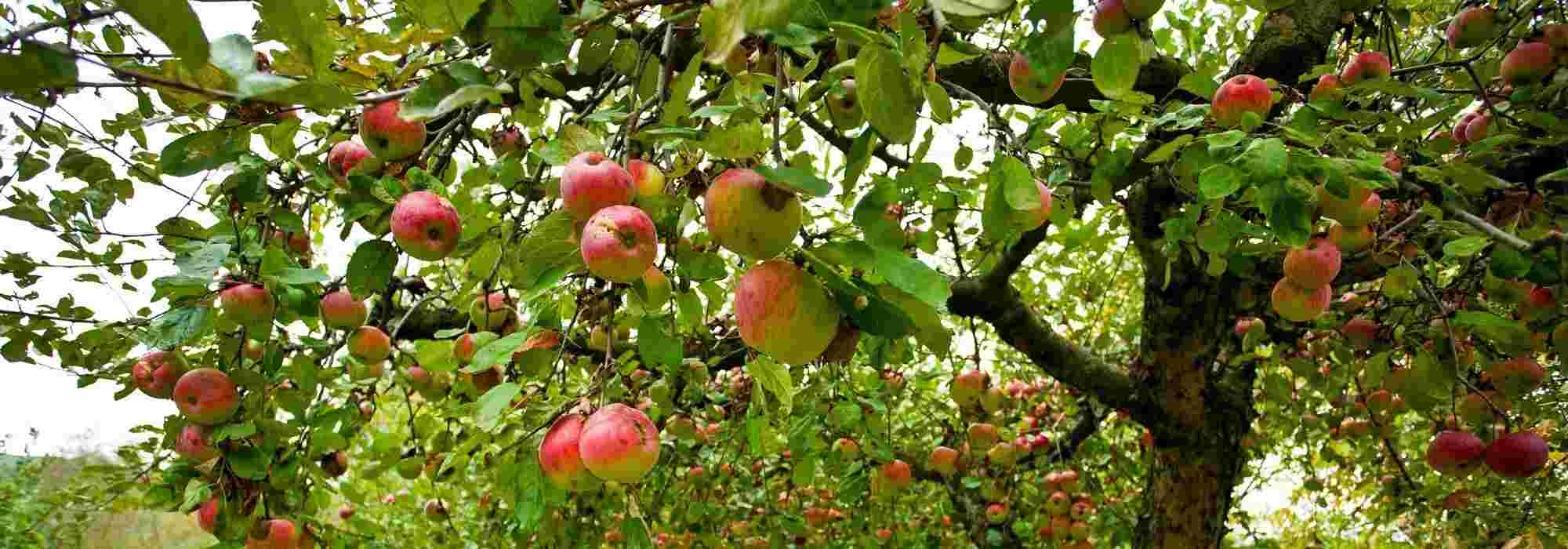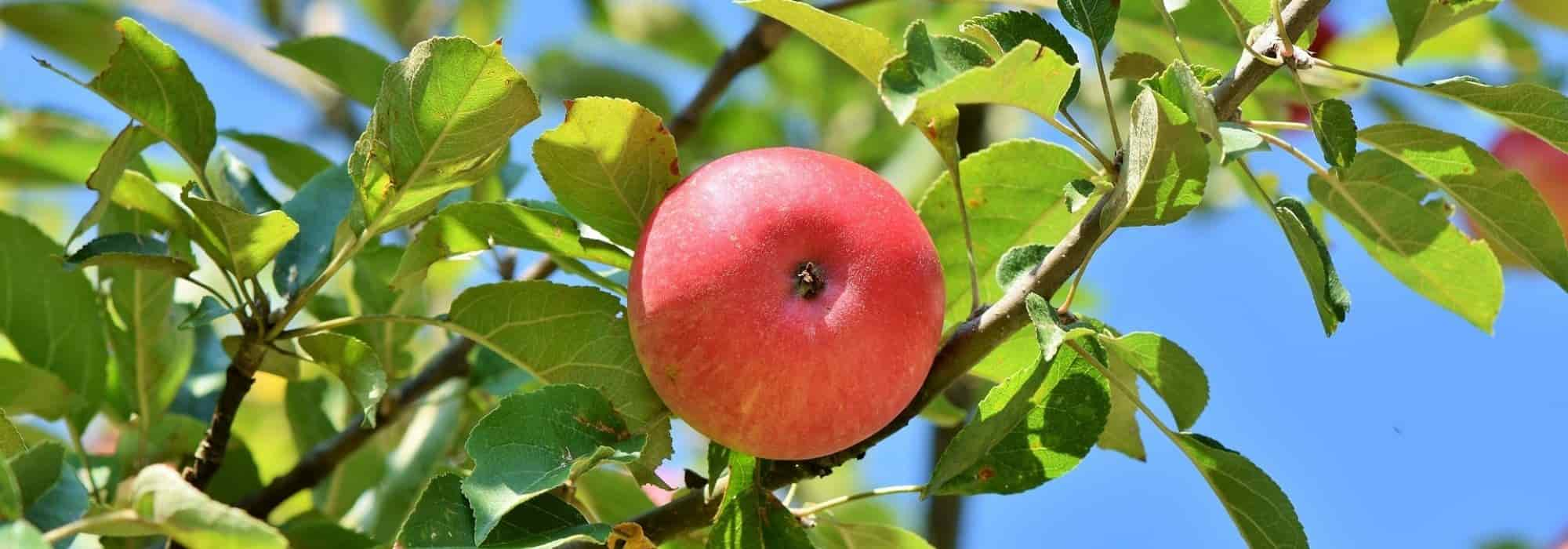

Mangifera indica - Mango Tree
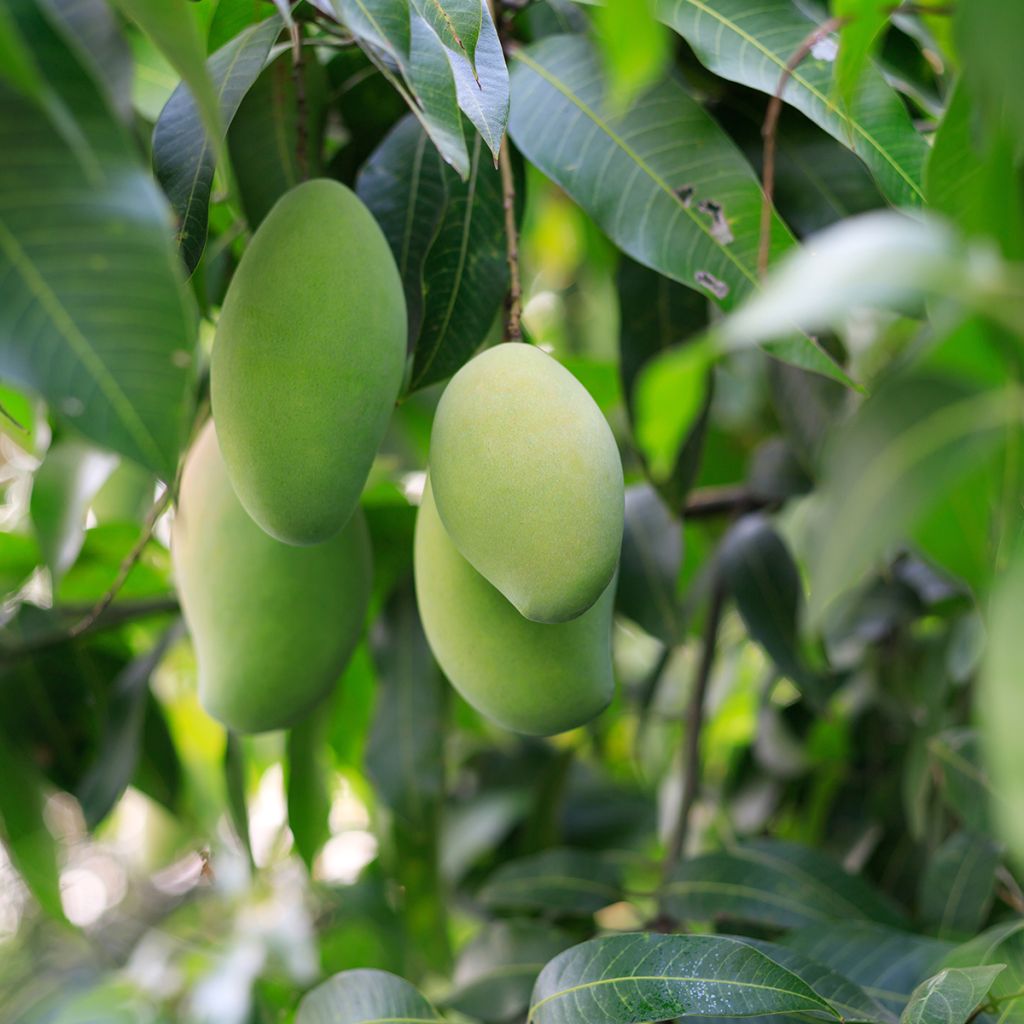

Mangifera indica - Mango Tree


Mangifera indica - Mango Tree
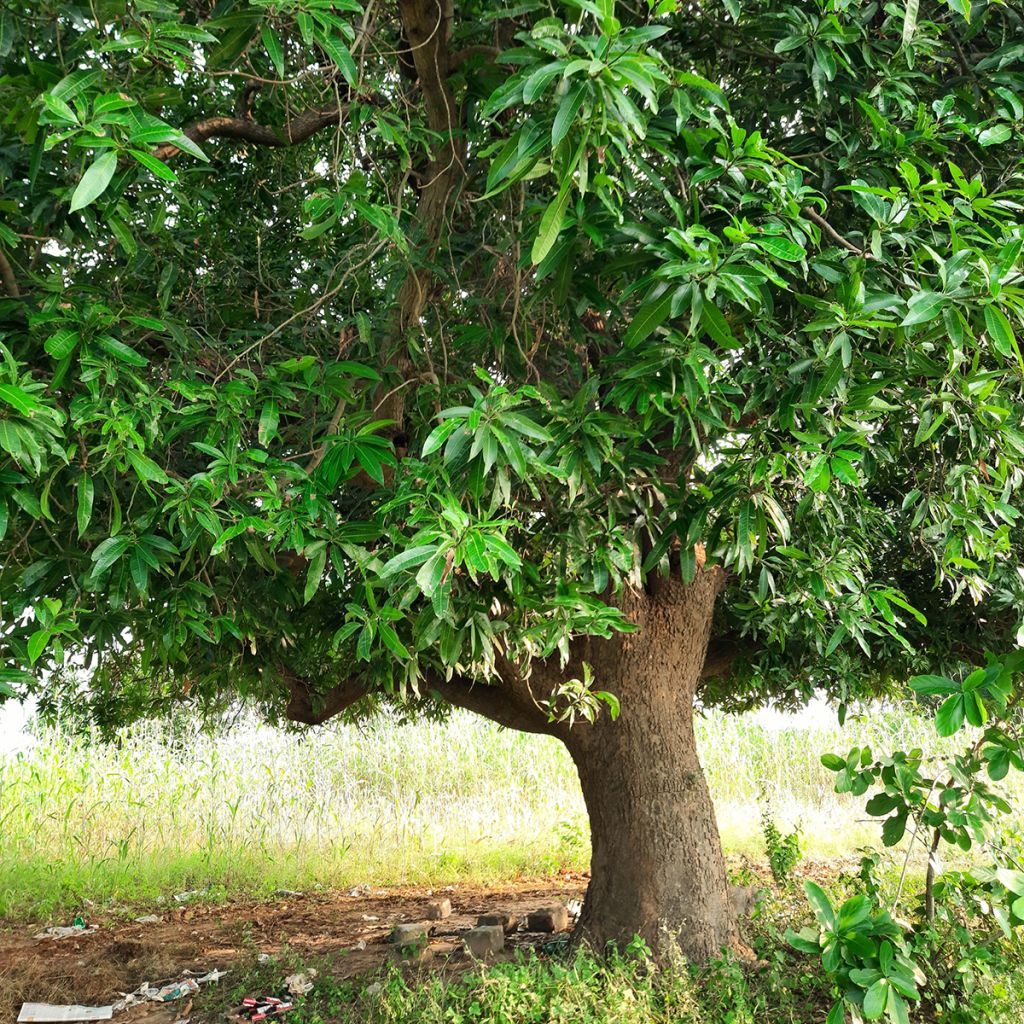

Mangifera indica - Mango Tree


Mangifera indica - Mango Tree
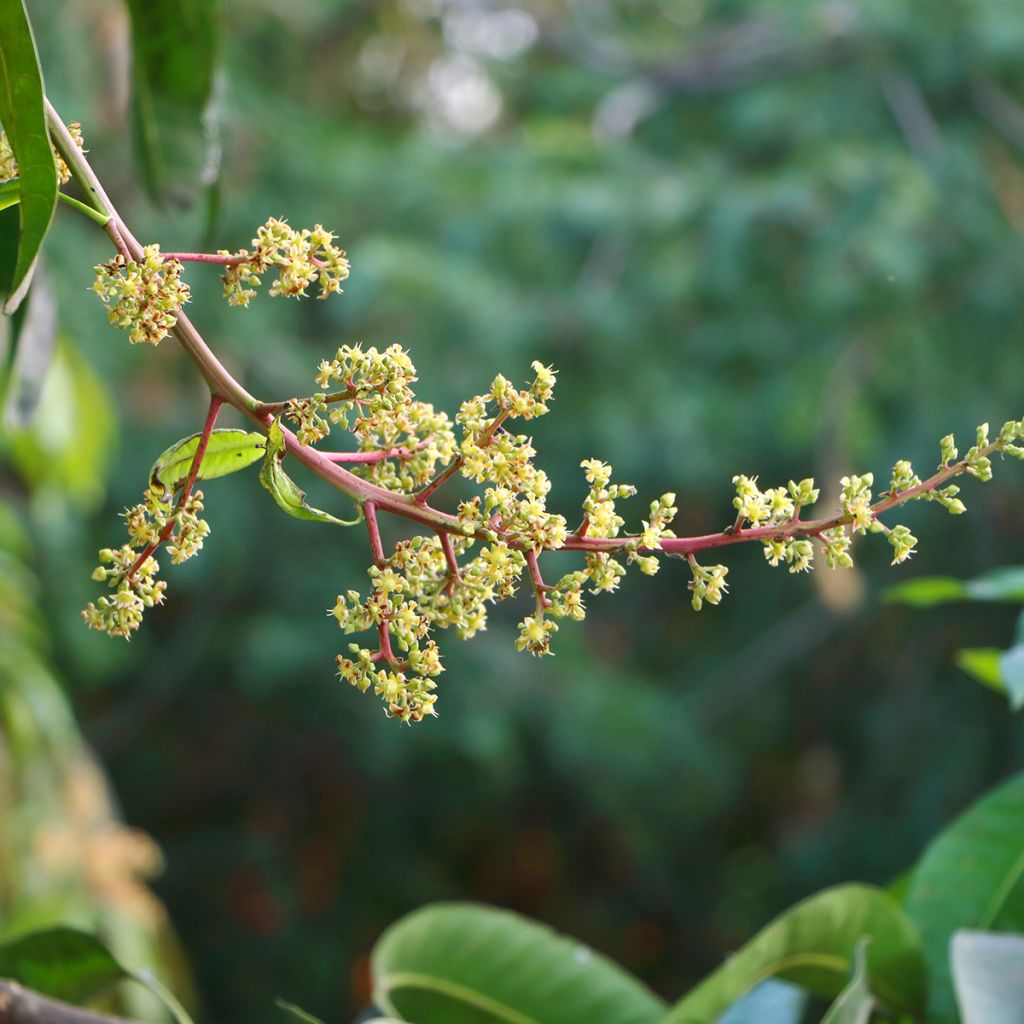

Mangifera indica - Mango Tree
Mangifera indica - Mango Tree
Mangifera indica
Mango
Affaires
Aravna, 29/03/2025
Special offer!
Receive a €20 voucher for any order over €90 (excluding delivery costs, credit notes, and plastic-free options)!
1- Add your favorite plants to your cart.
2- Once you have reached €90, confirm your order (you can even choose the delivery date!).
3- As soon as your order is shipped, you will receive an email containing your voucher code, valid for 3 months (90 days).
Your voucher is unique and can only be used once, for any order with a minimum value of €20, excluding delivery costs.
Can be combined with other current offers, non-divisible and non-refundable.
This plant carries a 6 months recovery warranty
More information
We guarantee the quality of our plants for a full growing cycle, and will replace at our expense any plant that fails to recover under normal climatic and planting conditions.

Description
Mangifera indica, the Mango tree, is a fruit tree native to India, with a short trunk but a dense and rounded canopy, of a very graceful appearance. It develops beautiful evergreen and aromatic foliage. Its fruit, the mango, is known and appreciated for its taste qualities and its vitamin richness. It can be grown in a pot for its ornamental qualities without expecting flowering or fruiting. It appreciates a rich, well-drained substrate and a warm and humid exposure. It is ideally cultivated in a greenhouse or a conservatory, with possibly an outdoor passage during the summer.
The Mangifera indica belongs to the family of Anacardiaceae. It is native to eastern India and Burma, where it has been cultivated for over 4,000 years. This tree was introduced to Africa in the 16th century by the Arabs and Brazil by the Portuguese. It is widely cultivated in all tropical countries, especially in Africa, Reunion Island and Mauritius, the Seychelles, the West Indies and Brazil. The Mango tree is a large tree that can reach a height of 10 to 25 metres, with a crown diameter of 20 metres, in its natural environment. Its bark is smooth, of a dark grey-brown to black colour. Its evergreen leaves, alternate and entire, oblong and pointed in shape, measure from 15 to 35 cm long and 6 to 16 cm wide. When crushed, these leaves give off a turpentine smell, and their colour palette evolves from orange-pink to dark green, passing through a shiny dark red as they grow. It is a monoecious plant that produces both male and hermaphrodite flowers. They can be pollinated by wind or bees, although the tree is generally self-fertile. The flowers, whitish-red in colour, are small and gather in terminal clusters. Each flower has five petals, sepals and stamens, surrounding a superior ovary with a single ovule. Fruiting occurs three to four months after flowering in spring, giving rise to oblong drupes attached by a long peduncle, with notable size variability depending on the varieties. The fruit skin is smooth and resistant, matures in shades of green, yellow, or scarlet, and is adorned with various marks. The stone, of considerable size and flattened, contains a single seed surrounded by more or less present fibres depending on the varieties. The flesh of the fruit, varying in texture and flavour depending on the varieties, offers a rich, creamy and juicy taste experience.
To grow a mango tree at home, plant it in a pot sheltered from the cold, ideally in a conservatory, temperate greenhouse, or even in an apartment. As an indoor plant, it reaches about 1.5 m in height, with an upright and then spreading habit. The mango tree likes full light without direct sunlight in a sandy and well-drained substrate, remaining fresh. It is a magnificent indoor plant, thanks to its new leaves, whose bronze pink colour turns to dark red before turning green, which is astonishing. The optimal cultivation temperature for the mango tree is between 21°C and 26°C. It cannot withstand temperatures below -1°C. In summer, the temperatures of our interiors are perfectly suitable for it, and in winter, a very bright room at 15°C satisfies it. In summer, you can move it to the garden, in partial shade, in a well-sheltered position. Its winter flowering is rare indoors, and it does not count on fruiting.
Report an error about the product description
Mangifera indica - Mango Tree in pictures






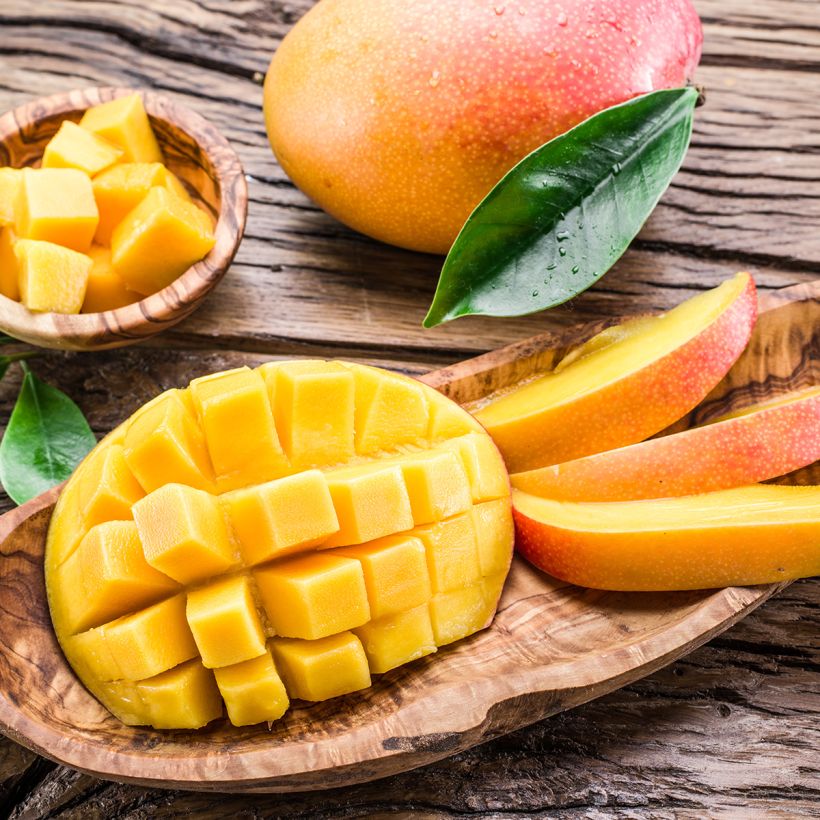

Plant habit
Fruit
Flowering
Foliage
Botanical data
Mangifera
indica
Anacardiaceae
Mango
Mangifera mekongensis
India
Other Mango Tree - Mangifera indica
View all →Planting and care
Plant the Mangifera indica in a pot, ideally in a conservatory or a temperate greenhouse, and even in an apartment. The mango tree likes full light without direct sunlight in a sandy and well-drained substrate, remaining fresh. The optimal cultivation temperature for the mango tree is between 21°C and 26°C. It cannot withstand cold temperatures below -1°C. In summer, the temperatures of our interiors are perfectly suitable for it, and in winter, a very bright room at 15°C satisfies it. In summer, you can move it to the garden, in partial shade, in a well-sheltered and warm exposure. Provide frequent watering in summer to keep the substrate slightly moist.
Plant it in a compound of potting soil and sand. Add compost or decomposed manure at the time of planting. Apply fertiliser from spring to autumn every 15 days.
Planting period
Intended location
Care
Planting & care advice
-
, onOrder confirmed
Reply from on Promesse de fleurs
Haven't found what you were looking for?
Hardiness is the lowest winter temperature a plant can endure without suffering serious damage or even dying. However, hardiness is affected by location (a sheltered area, such as a patio), protection (winter cover) and soil type (hardiness is improved by well-drained soil).

Photo Sharing Terms & Conditions
In order to encourage gardeners to interact and share their experiences, Promesse de fleurs offers various media enabling content to be uploaded onto its Site - in particular via the ‘Photo sharing’ module.
The User agrees to refrain from:
- Posting any content that is illegal, prejudicial, insulting, racist, inciteful to hatred, revisionist, contrary to public decency, that infringes on privacy or on the privacy rights of third parties, in particular the publicity rights of persons and goods, intellectual property rights, or the right to privacy.
- Submitting content on behalf of a third party;
- Impersonate the identity of a third party and/or publish any personal information about a third party;
In general, the User undertakes to refrain from any unethical behaviour.
All Content (in particular text, comments, files, images, photos, videos, creative works, etc.), which may be subject to property or intellectual property rights, image or other private rights, shall remain the property of the User, subject to the limited rights granted by the terms of the licence granted by Promesse de fleurs as stated below. Users are at liberty to publish or not to publish such Content on the Site, notably via the ‘Photo Sharing’ facility, and accept that this Content shall be made public and freely accessible, notably on the Internet.
Users further acknowledge, undertake to have ,and guarantee that they hold all necessary rights and permissions to publish such material on the Site, in particular with regard to the legislation in force pertaining to any privacy, property, intellectual property, image, or contractual rights, or rights of any other nature. By publishing such Content on the Site, Users acknowledge accepting full liability as publishers of the Content within the meaning of the law, and grant Promesse de fleurs, free of charge, an inclusive, worldwide licence for the said Content for the entire duration of its publication, including all reproduction, representation, up/downloading, displaying, performing, transmission, and storage rights.
Users also grant permission for their name to be linked to the Content and accept that this link may not always be made available.
By engaging in posting material, Users consent to their Content becoming automatically accessible on the Internet, in particular on other sites and/or blogs and/or web pages of the Promesse de fleurs site, including in particular social pages and the Promesse de fleurs catalogue.
Users may secure the removal of entrusted content free of charge by issuing a simple request via our contact form.
The flowering period indicated on our website applies to countries and regions located in USDA zone 8 (France, the United Kingdom, Ireland, the Netherlands, etc.)
It will vary according to where you live:
- In zones 9 to 10 (Italy, Spain, Greece, etc.), flowering will occur about 2 to 4 weeks earlier.
- In zones 6 to 7 (Germany, Poland, Slovenia, and lower mountainous regions), flowering will be delayed by 2 to 3 weeks.
- In zone 5 (Central Europe, Scandinavia), blooming will be delayed by 3 to 5 weeks.
In temperate climates, pruning of spring-flowering shrubs (forsythia, spireas, etc.) should be done just after flowering.
Pruning of summer-flowering shrubs (Indian Lilac, Perovskia, etc.) can be done in winter or spring.
In cold regions as well as with frost-sensitive plants, avoid pruning too early when severe frosts may still occur.
The planting period indicated on our website applies to countries and regions located in USDA zone 8 (France, United Kingdom, Ireland, Netherlands).
It will vary according to where you live:
- In Mediterranean zones (Marseille, Madrid, Milan, etc.), autumn and winter are the best planting periods.
- In continental zones (Strasbourg, Munich, Vienna, etc.), delay planting by 2 to 3 weeks in spring and bring it forward by 2 to 4 weeks in autumn.
- In mountainous regions (the Alps, Pyrenees, Carpathians, etc.), it is best to plant in late spring (May-June) or late summer (August-September).
The harvesting period indicated on our website applies to countries and regions in USDA zone 8 (France, England, Ireland, the Netherlands).
In colder areas (Scandinavia, Poland, Austria...) fruit and vegetable harvests are likely to be delayed by 3-4 weeks.
In warmer areas (Italy, Spain, Greece, etc.), harvesting will probably take place earlier, depending on weather conditions.
The sowing periods indicated on our website apply to countries and regions within USDA Zone 8 (France, UK, Ireland, Netherlands).
In colder areas (Scandinavia, Poland, Austria...), delay any outdoor sowing by 3-4 weeks, or sow under glass.
In warmer climes (Italy, Spain, Greece, etc.), bring outdoor sowing forward by a few weeks.































